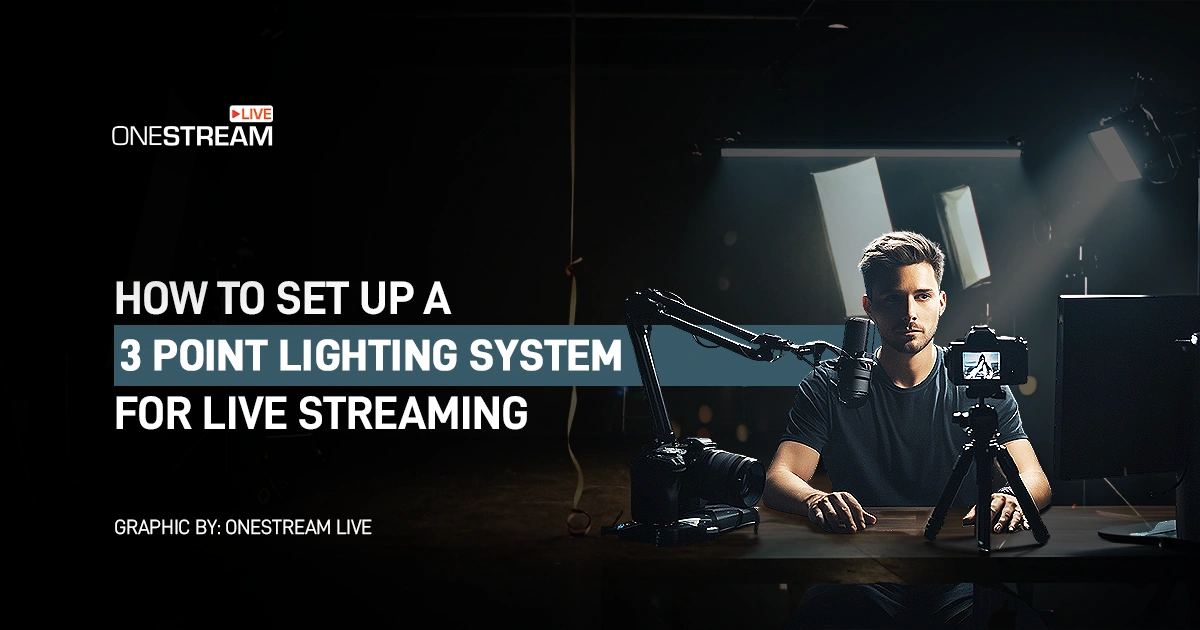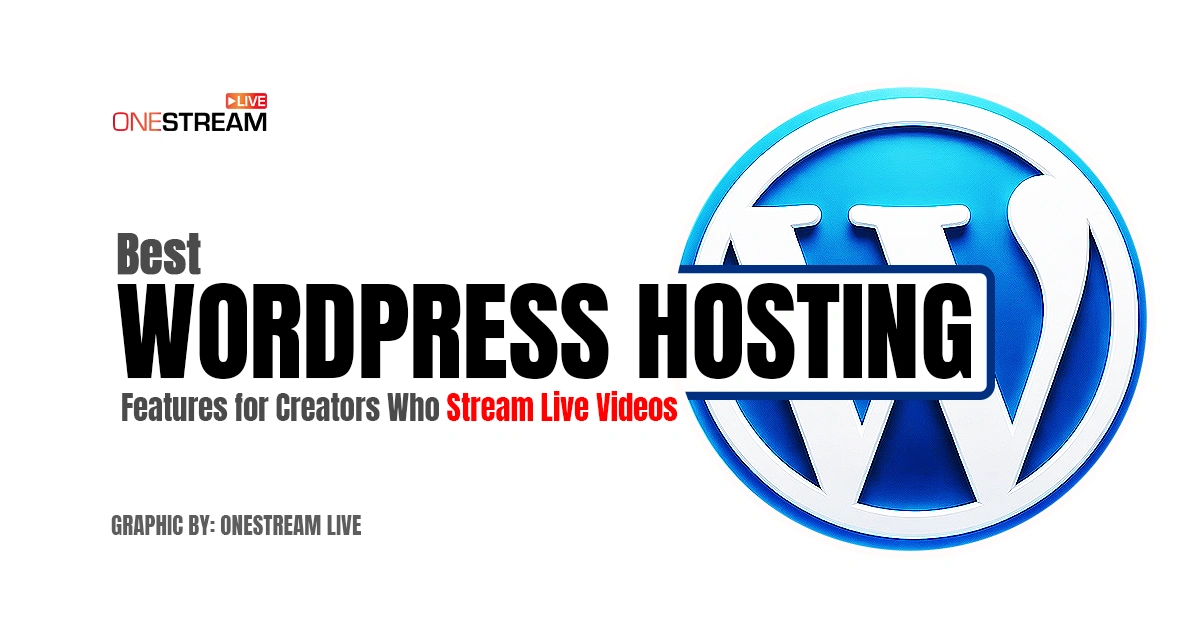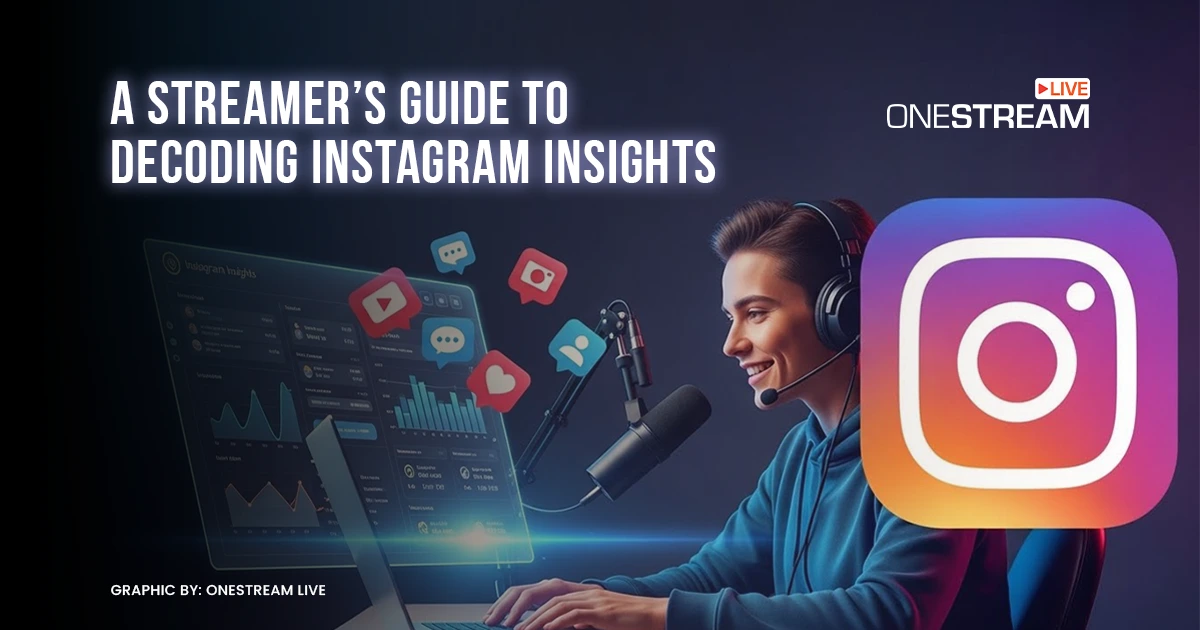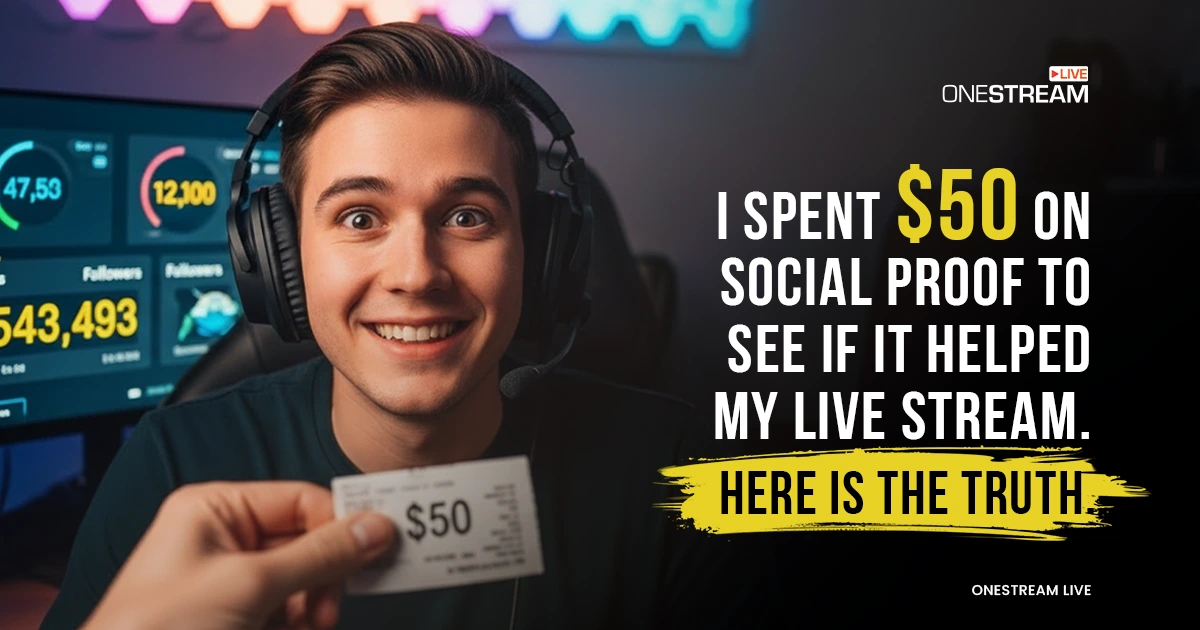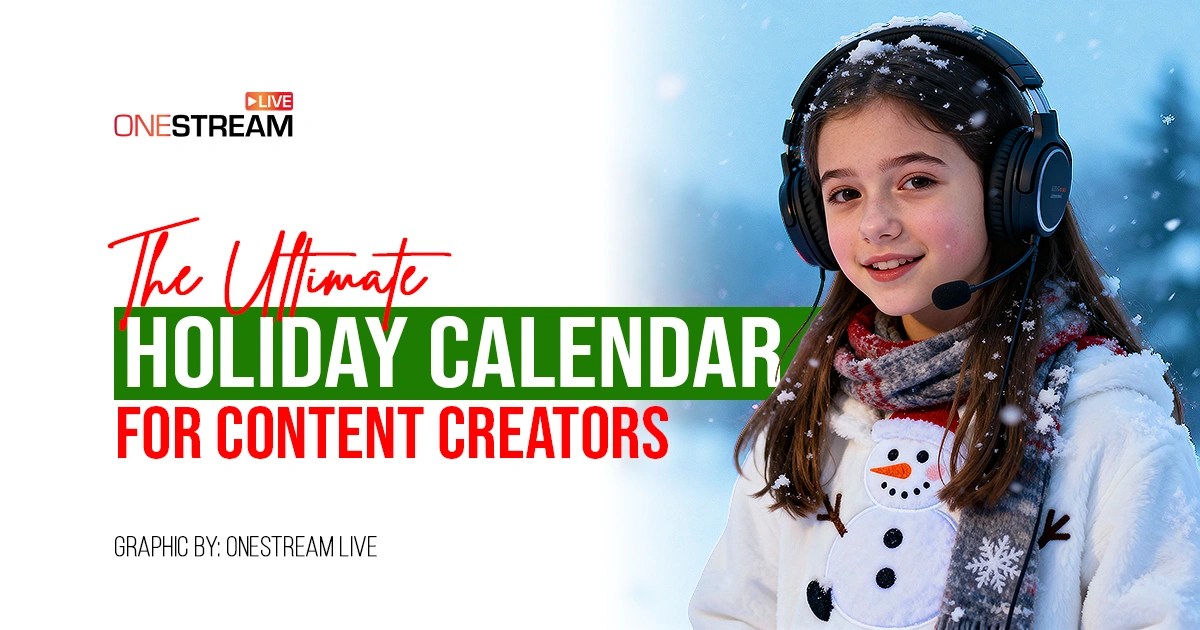Webinars, we’ve all heard the term, right? They’ve become the go-to tool, and every e-learning app development specialist adds them to their e-learning platform. Webinars bring education to life in a way that’s both accessible and engaging, making them a powerhouse in the e-learning space.
But like any tool, the effectiveness of a webinar comes down to how you use it. So, let’s dive into why webinars are such a game-changer for the e-learning industry and explore some strategies to make sure your webinars hit the mark.
Why Webinars Rock in E-Learning
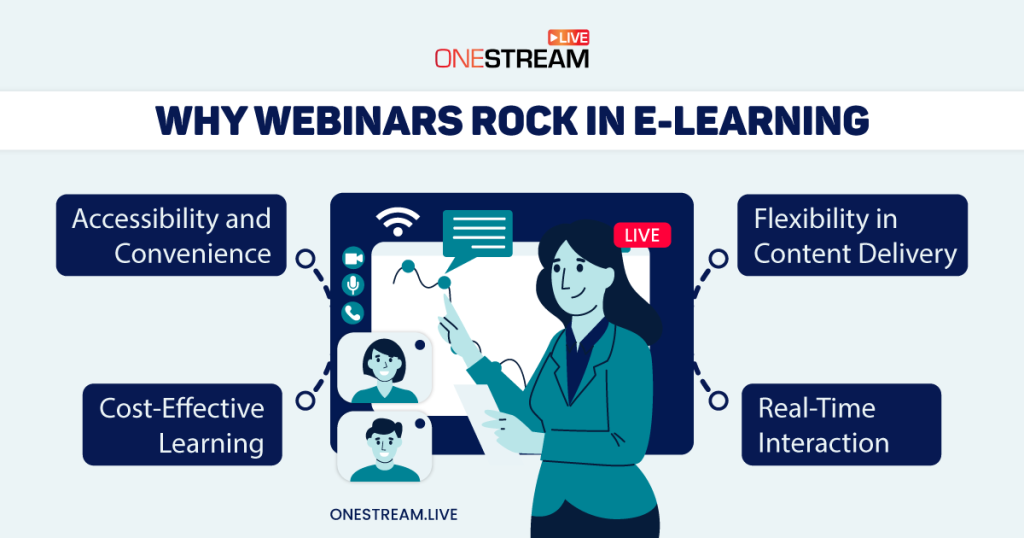
Webinars are more than just a fancy word for online presentations. They’re a dynamic way to connect with your audience, share knowledge, and create a sense of community, all without anyone needing to leave their home (or even their pajamas). Here’s why they’ve become so powerful in the world of e-learning:
1. Accessibility and Convenience
One of the biggest advantages of webinars is that they break down geographical barriers. Whether your audience is spread across the globe or just across town, everyone can tune in with just an internet connection. Plus, the convenience factor is huge. No need to book a venue, print materials, or even put on pants (not that we recommend it). Learners can join from anywhere, which makes education more accessible than ever.
2. Real-Time Interaction
Webinars aren’t just about talking to your audience; they’re about talking with them. E-learning tools like live chat, polls, and Q&A sessions make it easy to engage participants and make them feel involved. This real-time interaction can turn a passive learning experience into an active one, where learners feel like they’re part of the conversation.
3. Flexibility in Content Delivery
Whether you’re running a live session or offering a pre-recorded one, webinars give you the flexibility to deliver content in a way that suits both you and your learners. Live webinars are great for creating a sense of urgency and participation, while pre-recorded sessions allow learners to go back and review the material at their own pace. This flexibility is a huge win for both sides.
4. Cost-Effective Learning
Let’s face it, traditional training and education can get pricey. Between travel, accommodation, and physical materials, the costs add up fast. Webinars slash these expenses down to almost nothing. You can reach hundreds, even thousands of learners at a fraction of the cost, without compromising on the quality of the education.
Strategies for Knocking Your Webinars Out of the Park
Okay, so webinars are awesome. But how do you make sure yours are effective and engaging? Here are some strategies to ensure your Online webinars don’t just inform but inspire.
1. Know Your Audience
Before you even start planning your webinar, take some time to understand who you’re talking to. What are their pain points? What do they want to learn? Tailoring your content to your audience’s needs is key to keeping them engaged. If you’re speaking to beginners, don’t dive into advanced concepts right away. If your audience is more advanced, skip the basics and get straight to the good stuff.
2. Keep It Interactive
Remember, webinars are not just a one-way street. Use tools like live polls, Q&As, and chat features to keep your audience involved. Ask questions throughout the session, encourage discussion, and be sure to address comments and queries as they come up. The more interactive your webinar, the more your audience will feel connected and invested in the material.
3. Use Visuals Wisely
A picture is worth a thousand words, right? So don’t just stick to slides full of text. Incorporate visuals like infographics, videos, and diagrams to help illustrate your points and keep things interesting. But here’s the trick: make sure your visuals enhance the content, not distract from it. Too many flashy graphics can be overwhelming and take away from the learning experience.
4. Rehearse, But Don’t Over-Prepare
Yes, practice makes perfect, but you also don’t want to sound like a robot. Rehearse your webinar enough to be comfortable with the material, but leave some room for spontaneity. This will make your presentation feel more natural and engaging. Also, be prepared to go off-script if needed – sometimes the best learning moments happen in the unexpected.
5. Follow Up
The end of your webinar shouldn’t be the end of your engagement. Send a follow-up email with a recording of the session, additional resources, and a thank-you note. This not only keeps your content fresh in the minds of your learners but also shows that you value their time and participation.
Wrapping Up
Webinars have become a cornerstone of e-learning, offering a versatile and powerful way to educate and engage learners around the world. By understanding your audience, keeping the content interactive, and using visuals effectively, you can create webinars that are not only informative but also inspiring. And that’s the kind of learning experience that sticks with people long after the session ends.
So, next time you’re planning an educational broadcast, remember the power of webinars and these simple strategies to make your session a smashing success.
OneStream Live is a cloud-based live streaming solution to create, schedule, and multistream professional-looking live streams across 45+ social media platforms and the web simultaneously. For content-related queries and feedback, write to us at [email protected]. You’re also welcome to Write for Us!






